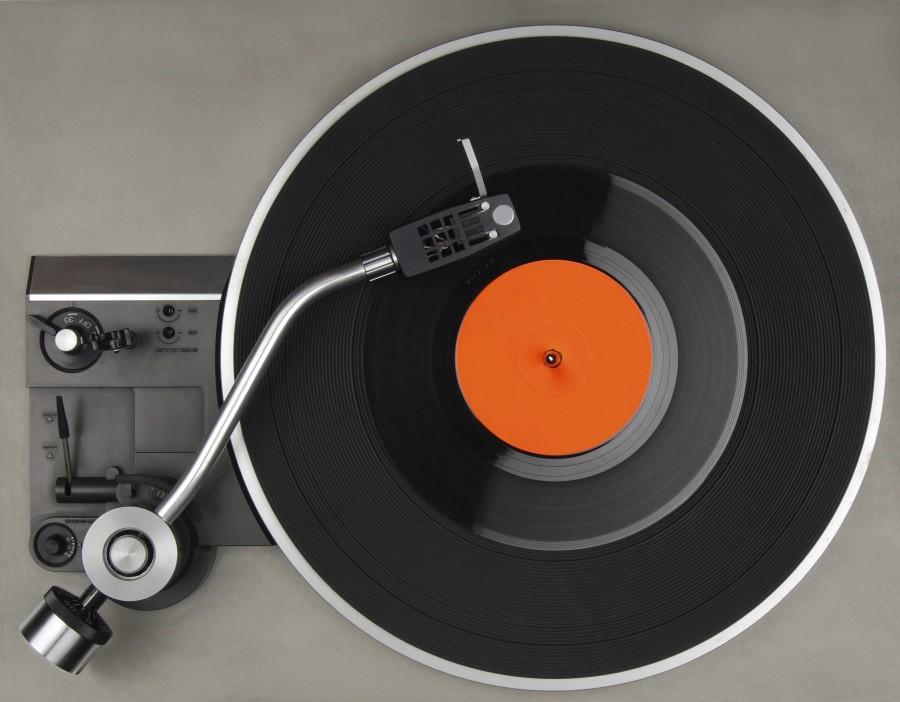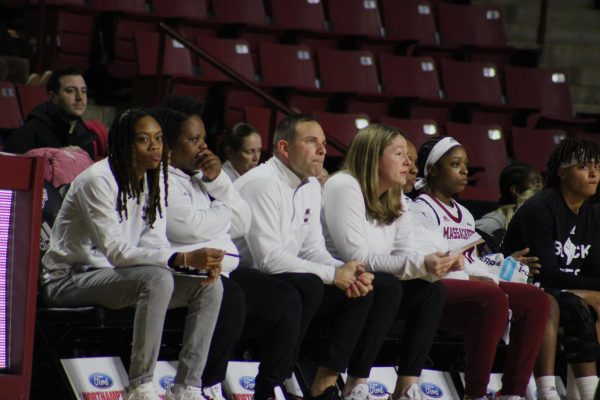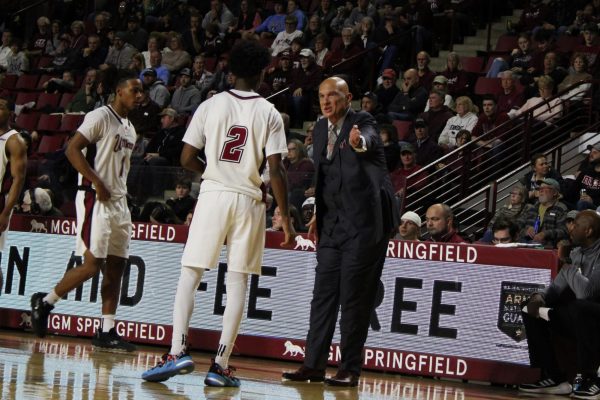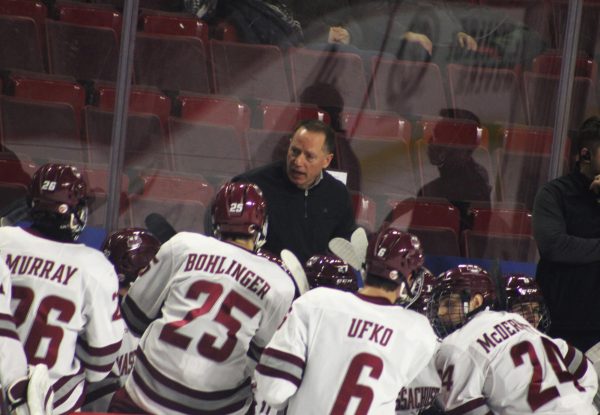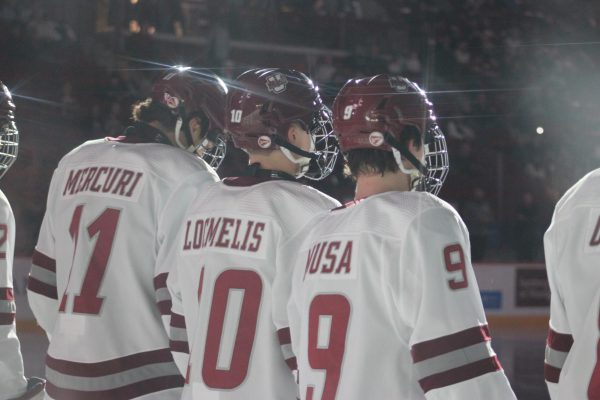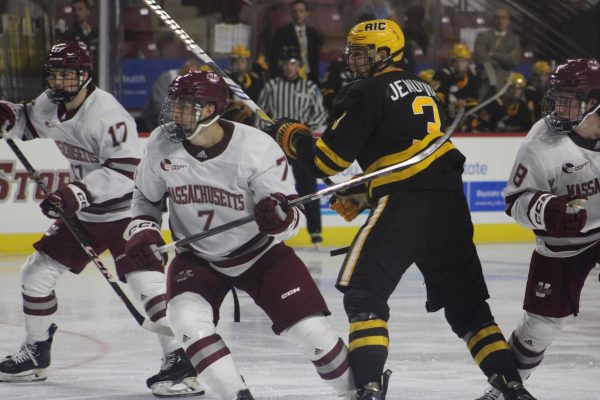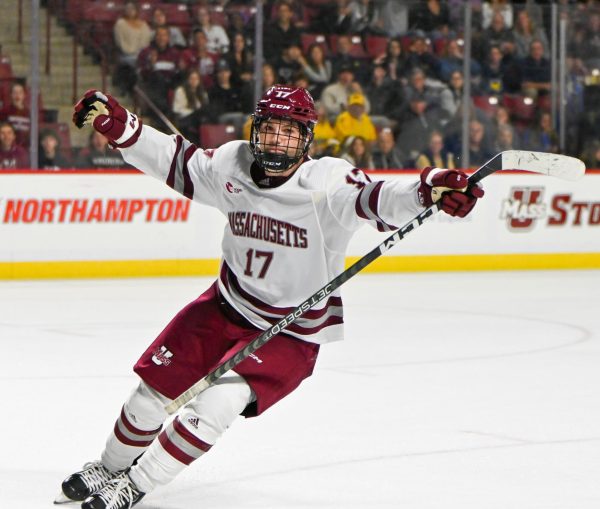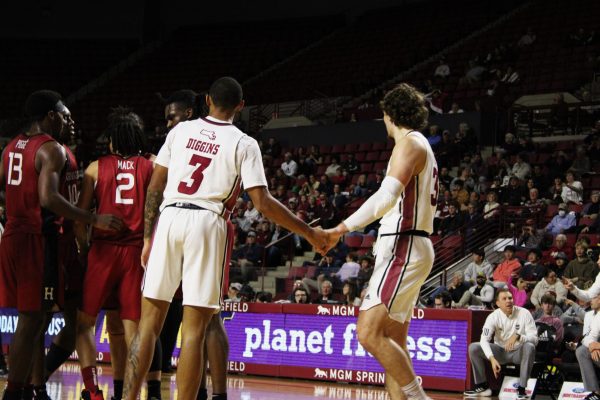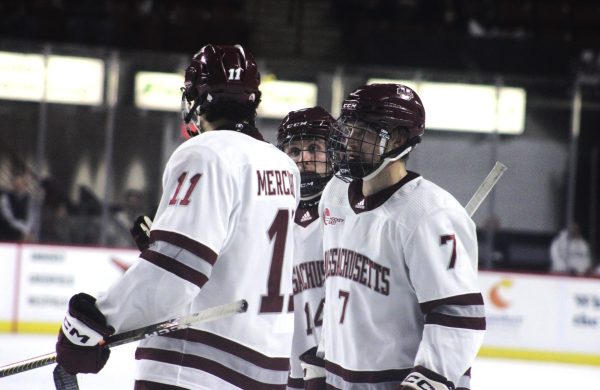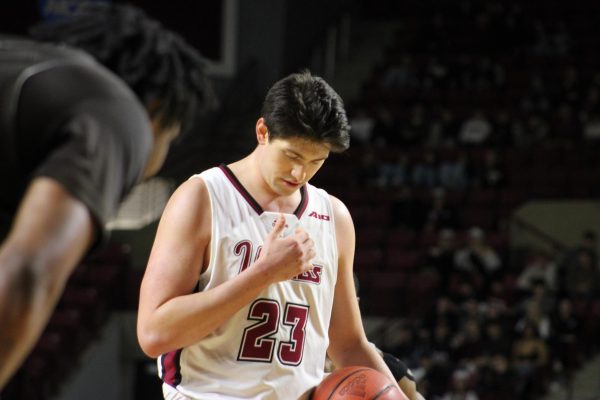A strange history of Hip-Hop
Kids with big hair bound up busy streets as they bob their heads to the Beastie Boys. The boom box blares from atop a boyfriend’s shoulder. Teens breakdance on the basketball court. The summertime blacktop sizzles and a curly blonde mane swishes to a bumping beat. In this 1980’s scene, the music is hip-hop and the craze is real.
This sight is familiar to any generation. Sure, in the 1930s one would probably not see quite so much teal – or skin – but in 50 years, things have not changed. Ever since its arrival, jazz has been a reaction to social and political problems. It is a language largely of the city where likeminded individuals collaborate. Metropolitan areas bred – and breed –feelings of physical oppression, causing jazz artists to erupt into creativity. Years later, hip-hop responds to the same themes with an added bonus: it flows like jazz.
Rewind to the year 1939. Enter New York City’s first interracial bar and hear the chilling croon of jazz singer, Billie Holiday. She is singing “Strange Fruit” at Café Society in Greenwich Village. The room is dark except for a single spotlight illuminating the stationary vocalist.
“Southern trees bear a strange fruit/Blood on the leaves and blood at the root/Black bodies swinging in the southern breeze/Strange fruit hanging from the poplar trees,” she sings, her eyes closed as the final note shivers to an end.
The club is silent.
With subdued ferocity, Holiday paints a “pastoral scene of the gallant south,” where the lynching of African Americans is almost commonplace. Written by Abel Meerpol – son of the infamous Julius and Ethel Rosenberg who were executed for espionage – “Strange Fruit” was the first and possibly most poignant of its kind; perhaps why this stark bluesy song received only a timid applause.
Seventy-three years later, a tune is rooted in the same protest blues in which “Strange Fruit” flourished. In Lupe Fiasco’s “Strange Fruition” Fiasco raps, “Now I can’t pledge allegiance to your flag/Cause I can’t find no reconciliation with your past/When there was nothing equal for my people in your math/You forced us in the ghetto and then you took our dads/The belly of the beast, these streets are demons’ abs/I’m telling you that setup in them sit-ups is so sad/The system is a slab.”
The culture of the age group that listens to Lupe songs is often snootily sneered at as “the remix culture,” a generation who, with their glossy MacBooks, mix old masterpieces. Rappers do not make original compositions; they simply sample jazz standards as hip-hop beats.
Cast your attention to the preceding verse and title and you will see how very untrue these last few statements are. Nearly a century later, a distressingly beautiful piece of art and dissent is once again called into the view of popular culture. Fiasco’s “Strange Fruition” shows how racism in America has improved – or rather how it hasn’t.
Perhaps it is unfair to juxtapose Kanye West’s lyrics with Lupe Fiasco’s, but since one cannot accurately translate beats into words, this will have to do. In West’s latest album Yeezus, the track “Blood on the Leaves” opens with jazz singer and civil rights activist, Nina Simone warbling the lyrics to Holiday’s “Strange Fruit.” West comes in with admittedly, not particularly deep verses. The hype surrounding Yeezus brought this song into the limelight where it was praised for its wild and powerful beats and choice in features – Simone.
Music is cyclical. It goes out of style and is then recycled and revamped to capture the attention of a new audience. Hip-hop characterizes this phenomenon impeccably. Jazz syncopation is reflected in the swing of hip-hop. Improvised saxophone solos are redirected in lines of freestyle rap. In “Check the Rhime,” A Tribe Called Quest sampled saxophonist Grover Washington Jr.’s, “Hydra.” In both songs, the soul is tangible and the human body is veritably forced to groove. The two genres are explained in head nodding, foot tapping and hip swinging.
So play Wu-Tang Clan’s “Clan in Da Front” for grandma sometime – consider a clean version – and maybe she’ll recognize Thelonious Monk’s funky piano beat in the verse. She might even vibe to it. After all, who could possibly hate the Wu-Tang anyway? Just don’t bring her to an Odd Future show.
Mallory Braun can be contacted at [email protected]

